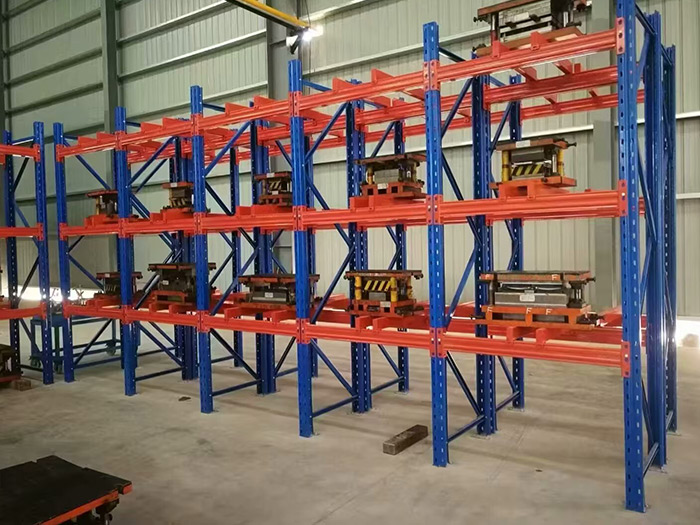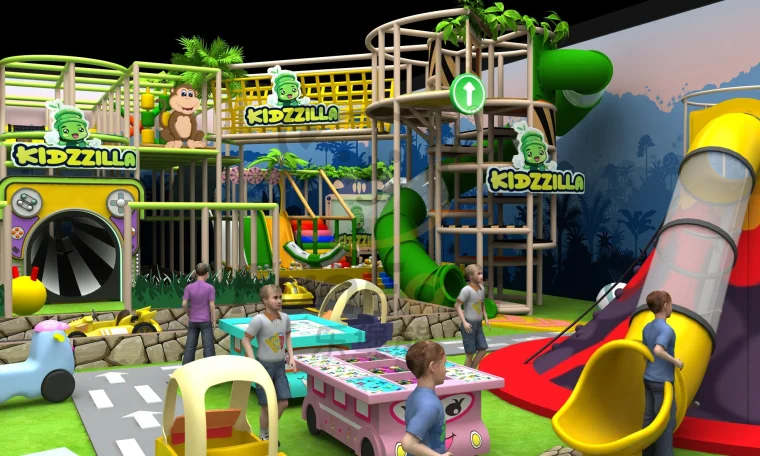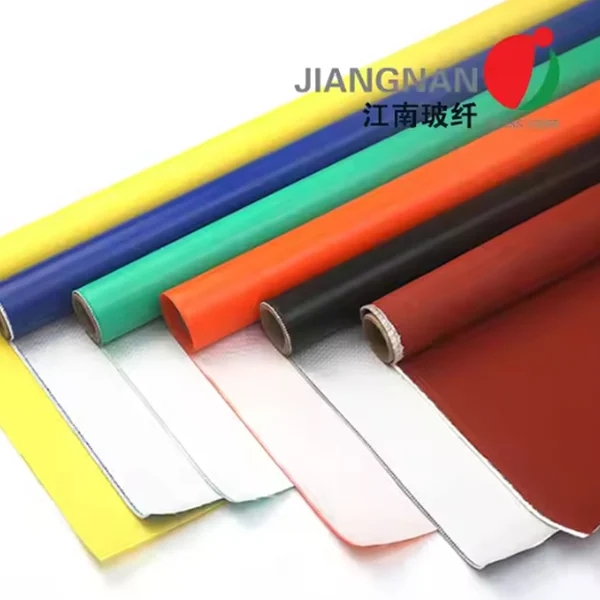In the ever-evolving landscape of sustainable construction, the choice of materials plays a pivotal role in determining the environmental impact of a building project. Among the myriad of options available, brick and concrete stand out as two of the most commonly used materials. However, the question arises: Is brick more eco-friendly than concrete? This article delves into the environmental implications of both materials, examining their production processes, lifecycle impacts, and overall sustainability.
Understanding the Production Processes
Brick Production:
The traditional method of brick production involves the extraction of clay, which is then shaped and fired in kilns at high temperatures. This process, while energy-intensive, can be optimized through the use of renewable energy sources. Additionally, many manufacturers are now incorporating recycled materials into their brick formulations, further reducing their carbon footprint.
Concrete Production:
Concrete, on the other hand, is primarily composed of cement, water, and aggregates. The production of cement is particularly notorious for its environmental impact, responsible for approximately 8% of global carbon dioxide emissions. The extraction of raw materials, such as limestone and sand, also contributes to habitat destruction and resource depletion. However, innovations in concrete technology, such as the use of supplementary cementitious materials (SCMs) like fly ash and slag, are helping to mitigate some of these impacts.
Lifecycle Analysis: From Production to Disposal
A comprehensive lifecycle analysis (LCA) provides insight into the environmental impacts of both materials from cradle to grave.
Brick Lifecycle:
- Raw Material Extraction: The extraction of clay is generally less harmful than the mining of aggregates for concrete, as clay deposits are often more abundant and less disruptive to the environment.
- Manufacturing: The energy-intensive firing process can be a significant source of emissions, but advancements in kiln technology are improving efficiency.
- Use Phase: Brick has excellent thermal mass properties, which can lead to reduced energy consumption for heating and cooling in buildings.
- End-of-Life: Bricks are highly durable and can often be reused or recycled, minimizing waste.
Concrete Lifecycle:
- Raw Material Extraction: The extraction of aggregates can lead to significant environmental degradation, including soil erosion and loss of biodiversity.
- Manufacturing: The cement production process is energy-intensive and emits substantial greenhouse gases.
- Use Phase: While concrete has good thermal properties, its high thermal mass can lead to overheating in warmer climates without proper insulation.
- End-of-Life: Concrete is often disposed of in landfills, although recycling practices are improving, allowing for crushed concrete to be reused in new mixes.
Sustainability Considerations
When evaluating the eco-friendliness of brick versus concrete, several sustainability factors must be considered:
- Embodied Energy: Brick generally has a lower embodied energy compared to concrete, particularly when produced using renewable energy sources.
- Carbon Sequestration: Brick can sequester carbon dioxide over its lifespan, especially when produced with sustainable practices. Concrete, while it can absorb some CO2 over time, does not have the same capacity.
- Durability and Longevity: Both materials are durable, but brick tends to have a longer lifespan with less maintenance, which can lead to lower overall environmental impact.
- Local Sourcing: The environmental benefits of both materials can be enhanced by sourcing them locally, reducing transportation emissions.
Conclusion: The Verdict
In conclusion, while both brick and concrete have their advantages and disadvantages, brick often emerges as the more eco-friendly option when considering the entire lifecycle and sustainability factors. Its lower embodied energy, potential for carbon sequestration, and durability make it a compelling choice for environmentally conscious construction. However, it is essential to consider the specific context of each project, including local availability, building requirements, and the potential for innovative practices in concrete production.


